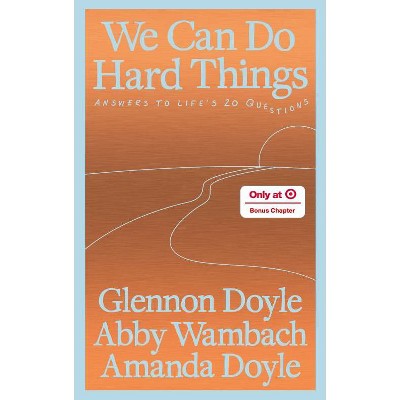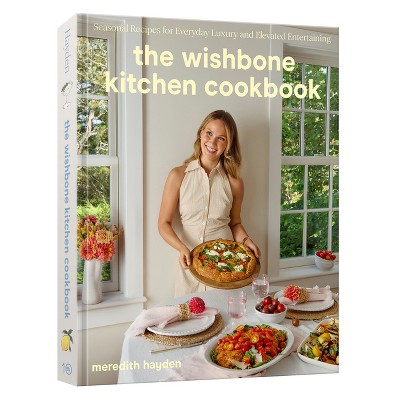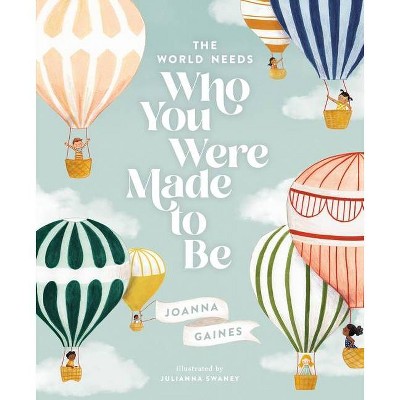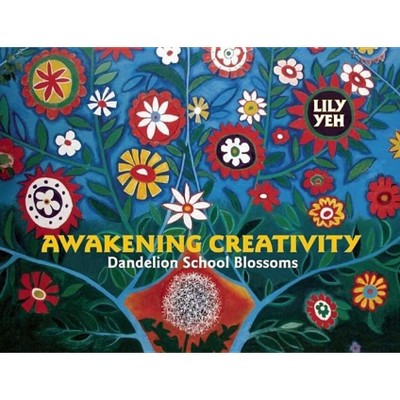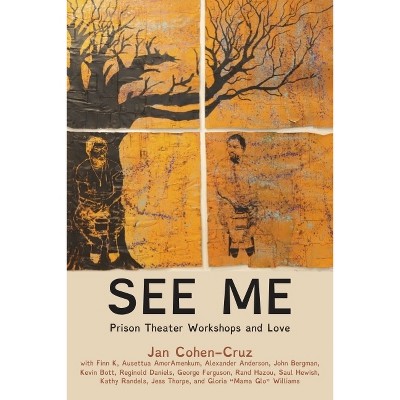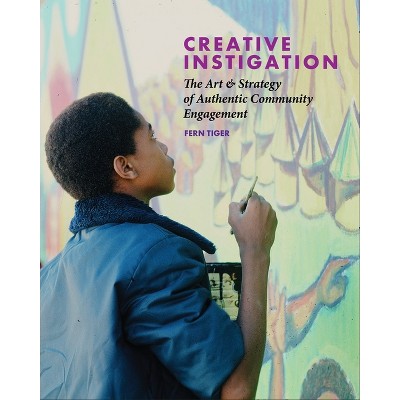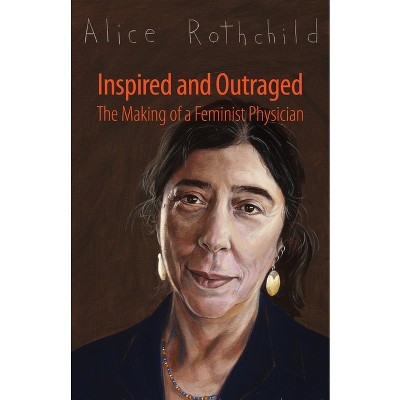About this item
Highlights
- Building Commons and Community documents 45 years of the late Karl Linn's legacy creating neighborhood spaces for communities and by communities.
- About the Author: Karl Linn (1923-2005) was a beloved visionary leader in grassroots community building.
- 222 Pages
- Education, Multicultural Education
Description
About the Book
The late Karl Linn's opus work about the shared spaces neighbors can create together.Book Synopsis
Building Commons and Community documents 45 years of the late Karl Linn's legacy creating neighborhood spaces for communities and by communities. In this richly-ilustrated landscape-format hardcover book, Linn presents his philosophies and practical wisdom.
Linn created some of America's first community design centers, and his work inspired Eunice Shriver to initiate Americorps. In this richly-illustrated book, Linn presents his philosophies and practical wisdom to help people use the resources they find in their own surroundings to create welcoming shared spaces. In addition to an extensive addendum of resources for creating community commons, this work contains colorful photo-essay case studies of projects that cross boundaries between professional design and neighborhood activism provide inspiration and guidance for citizens and professionals who wish to collaborate to strengthen communities. Projects include community gardens, playgrounds, parks and other gathering places built on derelict or unused property by the people who use them. Landscape architect and child psychologist Karl Linn (1923-2005) was a beloved, down-to-earth, visionary leader of grassroots community building, who brought life to economically disenfranchised neighborhoods in cities from Boston to Berkeley. His book documents the creativity and ingenuity of working-class citizens, students and volunteer professionals who transformed derelict vacant lots and drab institutional settings into colorful and lively community commons in Boston, New York, Newark, Baltimore, Philadelphia, Washington DC, Louisville KY, Pittsburgh, Columbus OH, Chicago, St. Louis, San Francisco and Berkeley.From the Back Cover
Karl Linn's compassion, humanity and insight into what makes good community design--and what, in fact, makes community itself--is exactly what much of the world needs to develop if we are to evolve beyond our current frightful state of affairs. He saw the need for space and safety, beauty and joy in people's lives--especially the lives of poor children--and he filled it by the truckload. His was a quietly heroic life, lived close to the root of what really matters: an understanding that the happiness and peace we create for others is, delightfully, our own.
--Alice Walker, author, The Color Purple There was only one Karl Linn--a master at using design to create community and empower people.
--Chester Hartman, founder, Poverty & Race Research Action Council Seeing latent beauty and potentials in blighted urban spaces, Karl Linn took actions to realize his vision through gardening, farming and restoring environment. Through the process, he inspired people, built communities, and transformed many public spaces. He made use feel our heart.
--Lily Yeh, founder, Village of Arts and Humanities, Barefoot Artists We stand on the shoulders of Karl Linn, each of us who acts to creatively reclaim the commons for each and all communities. Karl Linn understood the greatest revolutionary secrets of all: not to fight but to create, not to be alone but to be together, and to recreate our common life beginning with the very ground under our feet!
--Mark Lakeman, founder, City Repair Foreword by Joanna Macy, Epilogue by Carl Anthony
Review Quotes
This is a must-read for those who are involved with community planning or design, but is also simply an enjoyable read for anyone interested in some remarkable stories of community building. There is a lot in this book that is inspirational and it seems that we are fortunate that Linn's legacy will be felt not only through this book but in the many spaces he helped create and the people whose lives he touched along the way. One thing is quite clear; the world needs more people like Karl Linn. - Leszek Apouchtine, re: place Magazine Karl Linn's compassion, humanity and insight into what makes good community design--and what, in fact, makes community itself--is exactly what much of the world needs to develop if we are to evolve beyond our current frightful state of affairs. He saw the need for space and safety, beauty and joy in people's lives--especially the lives of poor children--and he filled it by the truckload. His was a quietly heroic life, lived close to the root of what really matters: an understanding that the happiness and peace we create for others is, delightfully, our own. - Alice Walker, author of The Color Purple
This is a must-read for those who are involved with community planning or design, but is also simply an enjoyable read for anyone interested in some remarkable stories of community building. There is a lot in this book that is inspirational and it seems that we are fortunate that Linn's legacy will be felt not only through this book but in the many spaces he helped create and the people whose lives he touched along the way. One thing is quite clear; the world needs more people like Karl Linn. - Leszek Apouchtine, re: place Magazine Karl Linn's compassion, humanity and insight into what makes good community design--and what, in fact, makes community itself--is exactly what much of the world needs to develop if we are to evolve beyond our current frightful state of affairs. He saw the need for space and safety, beauty and joy in people's lives--especially the lives of poor children--and he filled it by the truckload. His was a quietly heroic life, lived close to the root of what really matters: an understanding that the happiness and peace we create for others is, delightfully, our own. - Alice Walker, author of The Color Purple
It is not written as a text, but as a memoir of the process of engaging in social democracy through the creation of spaces for people to connect with one another, nature and the built environment.
--Illene Pevec "Children, Youth and Environments "Karl Linn documents an extraordinary career in Building Commons and Community. Although the book feels complete, it is unfortunately not as extensive as Linn originally envisioned as his unfortunate passing meant he did not finish all the chapters he had planned.
Regardless of this, there is a lot of inspiring work that is detailed in his writing and in the hundreds of photos that are found throughout the book. Each chapter typically deals with one project of building a commons - some are intended to be long lasting, while others are temporary set-ups for a particular event.
What is clear in all the stories of building neighbourhood commons is how passionate Linn is about including the community that the public space is meant to serve. He brings in local professionals to help with construction, local artists to help give life to the space and, most importantly, he is constantly talking to residents of all races, backgrounds and ages to ensure that the commons being constructed will be of true value to everyone in the neighbourhood. He recruits volunteers from the community to help with the planning and building so that everyone feels an instant connection with the space.
One chapter that is particularly insightful is titled Nighbourhood Commons in Perspective: Lessons Learned in the 1960s. Here Linn looks back at many of his early projects where he sought to help poorer neighbourhoods that suffered from a lack of safe public gathering spaces. Going back to some of these commons 20 or 40 years later he finds that many of them have fallen into disrepair or have been demolished.
As he revisits these spaces where he had seen so much hope and community building years earlier he examines what went wrong and what lessons he learned from the process. His sadness and regret are palpable as he often (and probably unfairly) blames himself or questions whether he could have done more to protect the commons he helped create. All of these insights and experiences culminate in the end of the book in the chapter Foundations of Commons Building. Every urban planner, landscape architect, politician and architect could probably learn something from these last few pages, even if they didn't go through the much more valuable experience of reading this book from cover to cover.
Another four chapters are dedicated to the construction of temporary commons for a certain event, including a Martin Luther King Jr. memorial and a gathering space created in the lobby of a hotel for a conference. Although seemingly much different than building a neighbourhood commons filled with trees, benches and perhaps gardens or a playground, Linn finds many of the same guiding principles apply whether the public space is intended to last for years or just a few days. It's all about ensuring people can enjoy, interact with and connect to the space.
Linn is so careful to credit all the different individuals, organizations and companies that helped in constructing each commons that it can sometimes take away from the interesting narrative and begin to feel a bit more like an Academy Award acceptance speech. This is a minor criticism, and it's hard to fault someone who is so considerate in making sure that so many people are recognized and thanked.
This is a must-read for those who are involved with community planning or design, but is also simply an enjoyable read for anyone interested in some remarkable stories of community building. There is a lot in this book that is inspirational and it seems that we are fortunate that Linn's legacy will be felt not only through this book but in the many spaces he helped create and the people whose lives he touched along the way.
One thing is quite clear; the world needs more people like Karl Linn.
Leszek Apouchtine is one of the founding editors at re: place. His is now working on a new website devoted to going out in Vancouver, which is planned to launch in September, 2009.
--Leszek Apouchtine"re: place Magazine" (08/26/2009)Karl Linn's compassion, humanity and insight into what makes good community design--and what, in fact, makes community itself--is exactly what much of the world needs to develop if we are to evolve beyond our current frightful state of affairs. He saw the need for space and safety, beauty and joy in people's lives--especially the lives of poor children--and he filled it by the truckload. His was a quietly heroic life, lived close to the root of what really matters: an understanding that the happiness and peace we create for others is, delightfully, our own.
--Alice Walker, author, The Color PurpleThere was only one Karl Linn--a master at using design to create community and empower people.
--Chester Hartman, founder, Poverty & Race Research Action CouncilThere was only one Karl Linn a master at using design to create community and empower people.
--Chester Hartman, founder, Poverty & Race Research Action Council"Karl Linn documents an extraordinary career in Building Commons and Community. Although the book feels complete, it is unfortunately not as extensive as Linn originally envisioned as his unfortunate passing meant he did not finish all the chapters he had planned.
Regardless of this, there is a lot of inspiring work that is detailed in his writing and in the hundreds of photos that are found throughout the book. Each chapter typically deals with one project of building a commons some are intended to be long lasting, while others are temporary set-ups for a particular event.
What is clear in all the stories of building neighbourhood commons is how passionate Linn is about including the community that the public space is meant to serve. He brings in local professionals to help with construction, local artists to help give life to the space and, most importantly, he is constantly talking to residents of all races, backgrounds and ages to ensure that the commons being constructed will be of true value to everyone in the neighbourhood. He recruits volunteers from the community to help with the planning and building so that everyone feels an instant connection with the space.
One chapter that is particularly insightful is titled Nighbourhood Commons in Perspective: Lessons Learned in the 1960s. Here Linn looks back at many of his early projects where he sought to help poorer neighbourhoods that suffered from a lack of safe public gathering spaces. Going back to some of these commons 20 or 40 years later he finds that many of them have fallen into disrepair or have been demolished.
As he revisits these spaces where he had seen so much hope and community building years earlier he examines what went wrong and what lessons he learned from the process. His sadness and regret are palpable as he often (and probably unfairly) blames himself or questions whether he could have done more to protect the commons he helped create. All of these insights and experiences culminate in the end of the book in the chapter Foundations of Commons Building. Every urban planner, landscape architect, politician and architect could probably learn something from these last few pages, even if they didn't go through the much more valuable experience of reading this book from cover to cover.
Another four chapters are dedicated to the construction of temporary commons for a certain event, including a Martin Luther King Jr. memorial and a gathering space created in the lobby of a hotel for a conference. Although seemingly much different than building a neighbourhood commons filled with trees, benches and perhaps gardens or a playground, Linn finds many of the same guiding principles apply whether the public space is intended to last for years or just a few days. It s all about ensuring people can enjoy, interact with and connect to the space.
Linn is so careful to credit all the different individuals, organizations and companies that helped in constructing each commons that it can sometimes take away from the interesting narrative and begin to feel a bit more like an Academy Award acceptance speech. This is a minor criticism, and it s hard to fault someone who is so considerate in making sure that so many people are recognized and thanked.
This is a must-read for those who are involved with community planning or design, but is also simply an enjoyable read for anyone interested in some remarkable stories of community building. There is a lot in this book that is inspirational and it seems that we are fortunate that Linn s legacy will be felt not only through this book but in the many spaces he helped create and the people whose lives he touched along the way.
One thing is quite clear; the world needs more people like Karl Linn.
Leszek Apouchtine is one of the founding editors at re: place. His is now working on a new website devoted to going out in Vancouver, which is planned to launch in September, 2009.
--Leszek Apouchtine"re: place Magazine" (08/26/2009)"
It is not written as a text, but as a memoir of the process of engaging in social democracy through the creation of spaces for people to connect with one another, nature and the built environment.--Illene Pevec "Children, Youth and Environments ""
Karl Linn's compassion, humanity and insight into what makes good community design and what, in fact, makes community itself is exactly what much of the world needs to develop if we are to evolve beyond our current frightful state of affairs. He saw the need for space and safety, beauty and joy in people's lives especially the lives of poor children and he filled it by the truckload. His was a quietly heroic life, lived close to the root of what really matters: an understanding that the happiness and peace we create for others is, delightfully, our own.--Alice Walker, author, The Color Purple"
There was only one Karl Linn a master at using design to create community and empower people.--Chester Hartman, founder, Poverty & Race Research Action Council"
"This is a must-read for those who are involved with community planning or design, but is also simply an enjoyable read for anyone interested in some remarkable stories of community building. There is a lot in this book that is inspirational and it seems that we are fortunate that Linn's legacy will be felt not only through this book but in the many spaces he helped create and the people whose lives he touched along the way.
One thing is quite clear; the world needs more people like Karl Linn."
- Leszek Apouchtine, "re: place Magazine"
"Karl Linn's compassion, humanity and insight into what makes good community design--and what, in fact, makes community itself--is exactly what much of the world needs to develop if we are to evolve beyond our current frightful state of affairs. He saw the need for space and safety, beauty and joy in people's lives--especially the lives of poor children--and he filled it by the truckload. His was a quietly heroic life, lived close to the root of what really matters: an understanding that the happiness and peace we create for others is, delightfully, our own."
- Alice Walker, author of "The Color Purple"
About the Author
Karl Linn (1923-2005) was a beloved visionary leader in grassroots community building. He brought life to economically disenfranchised communities in nine American cities through innovative community design-and-build centers, playgrounds, gardens and community gathering places. Earlier careers include tenured professor, landscape architect, and psychoanalyst (co-founding a school for emotionally disturbed children).



